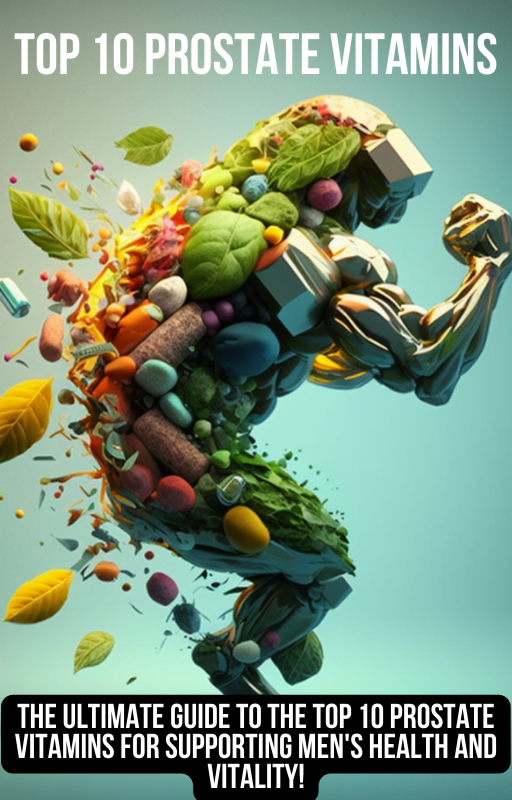# Article Outline:
I. Introduction
– Definition of 4-Hydroxyphenylacetic Aciduria (4-HPAA)
– Brief explanation of genetic disorders
– Importance of understanding genetic causes
II. Genetic Causes
– Inheritance pattern of 4-HPAA
– Mutation in the HGD gene
– Enzyme deficiency and its effects on metabolism
– Role of other genes in 4-HPAA
III. Clinical Manifestations and Pathophysiology
– Symptoms of 4-HPAA
– Effects on liver, kidney, and nervous system
– Pathophysiology of metabolic disturbances and oxidative stress
IV. Diagnosis and Management
– Laboratory tests for diagnosing 4-HPAA
– Monitoring and treatment of metabolic imbalances
– Therapy for neurological symptoms
– Genetic counseling for affected individuals and families
V. Research Developments
– Advances in understanding metabolic pathways
– Gene therapy and enzyme replacement therapy
– Novel therapeutic approaches for enhancing enzyme activity
VI. Conclusion
– Implications of understanding 4-HPAA for genetic research
– Importance of early intervention and management
– Hope for future treatment options for affected individuals and families
# The Genetic Causes and Pathogenesis of 4-Hydroxyphenylacetic Aciduria
4-Hydroxyphenylacetic Aciduria (4-HPAA) is a rare autosomal recessive genetic disorder that affects the metabolism of amino acids in the body. This disorder is caused by mutations in the HGD gene that codes for the enzyme homogentisate 1,2-dioxygenase (HGD), which is responsible for breaking down the amino acid phenylalanine. The inability to metabolize phenylalanine results in the accumulation of 4-hydroxyphenylacetic acid (4-HPAA) in various tissues and organs such as the liver, bloodstream, and urine.
# Genetic Causes
The inheritance pattern of 4-HPAA is autosomal recessive, meaning that an individual must inherit two copies of the mutated HGD gene, one from each parent, to develop the disorder. Individuals with only one mutated HGD gene are carriers of the disorder and do not exhibit symptoms.
4-HPAA is caused by a mutation in the HGD gene that codes for the enzyme HGD. When the HGD enzyme is deficient or absent, phenylalanine is not properly metabolized and leads to the accumulation of 4-HPAA in the body.
Other genes have also been implicated in the development of 4-HPAA, including genes involved in transport and utilization of amino acids in the body.
# Clinical Manifestations and Pathophysiology
The clinical manifestations of 4-HPAA can vary, ranging from mild to severe symptoms. Some individuals may be asymptomatic, making diagnosis challenging without proper testing. However, long-term accumulation of 4-HPAA can cause damage to various organs and tissues.
Symptoms of 4-HPAA may include dark urine, joint pain, muscle weakness, and skin pigmentation changes. The accumulation of 4-HPAA can also lead to complications such as liver cirrhosis, kidney damage, and neurologic abnormalities such as tremors, seizures, and cognitive impairment.
The pathophysiology of 4-HPAA involves metabolic disturbances, such as imbalances in amino acids and oxidative stress. The accumulation of 4-HPAA can lead to the formation of toxic compounds that damage cells and tissues.
# Diagnosis and Management
Laboratory tests such as urine and blood tests can be used to diagnose 4-HPAA. Genetic testing can also determine whether an individual carries the mutated HGD gene and is at risk of passing it on to their offspring.
Management of 4-HPAA involves monitoring and treatment of metabolic imbalances. A low phenylalanine diet, with supplementation of tyrosine, may be recommended to prevent the accumulation of 4-HPAA. Treatment of neurological symptoms may involve medication and physical therapy.
Genetic counseling is recommended for affected individuals and their families. Genetic counselors can provide information about inheritance patterns and risk of passing on the mutated HGD gene to future generations.
# Research Developments
Recent advances in research have shed light on metabolic pathways involved in 4-HPAA and potential treatment options. Gene therapy and enzyme replacement therapy are being explored as novel approaches to improve enzyme activity and reduce the accumulation of 4-HPAA.
New therapeutic approaches such as small molecule drugs and antioxidant therapy are also being investigated to improve outcomes for affected individuals.
# Conclusion
Understanding the genetic causes and pathogenesis of 4-Hydroxyphenylacetic Aciduria is crucial for diagnosis, management, and treatment of the disorder. Early intervention and proper management can improve outcomes for affected individuals and their families. Further research is needed to explore novel therapies and approaches to enhance enzyme activity and prevent long-term complications.
# FAQs
1. Is 4-Hydroxyphenylacetic Aciduria curable?
There is no known cure for 4-Hydroxyphenylacetic Aciduria. However, proper management and early intervention can improve outcomes and prevent long-term complications.
2. Is 4-Hydroxyphenylacetic Aciduria inherited?
Yes, 4-Hydroxyphenylacetic Aciduria is an autosomal recessive genetic disorder, meaning that individuals must inherit two copies of the mutated HGD gene to develop the disorder.
3. What organs are affected by 4-Hydroxyphenylacetic Aciduria?
4-HPAA can affect various organs such as the liver, kidneys, and nervous system. Long-term accumulation of 4-HPAA can cause complications such as liver cirrhosis, kidney damage, and neurologic abnormalities.
4. How is 4-Hydroxyphenylacetic Aciduria diagnosed?
Laboratory tests such as urine and blood tests can be used to diagnose 4-HPAA. Genetic testing can also determine whether an individual carries the mutated HGD gene.
5. What is the treatment for 4-Hydroxyphenylacetic Aciduria?
Management of 4-HPAA involves monitoring and treatment of metabolic imbalances. A low phenylalanine diet, medication, and physical therapy may be recommended to manage symptoms and prevent long-term complications. Gene therapy and enzyme replacement therapy are being investigated as potential therapeutic options.


